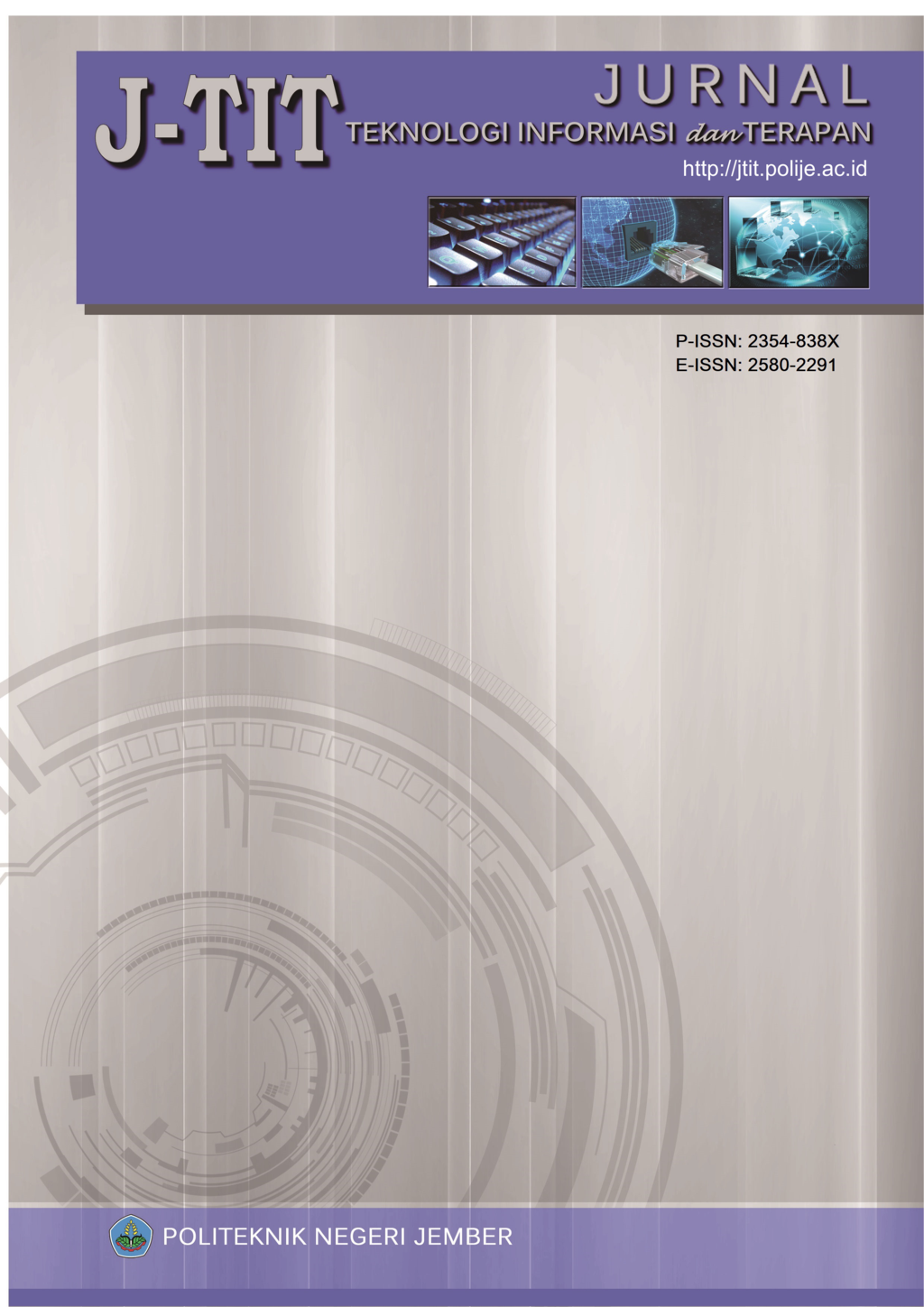Efficient Intrusion Detection System Utilizing Ensemble Learning and Statistical Feature Selection in Agricultural IoT Networks
DOI:
https://doi.org/10.25047/jtit.v12i1.6094Abstract
To enhance agricultural processes, smart agriculture combines a variety of devices, protocols, computing paradigms, and technologies. The cloud, edge computing, big data, and artificial intelligence all offer tools and solutions for managing, storing, and analyzing the vast amounts of data produced by various parts. Smart agriculture is still in its infancy and lacks several security measures, brought in the creation of numerous networks that are vulnerable to cyberattacks. The most well-known cyberattack is called a denial of service (DoS) attack, in which the attackers overwhelm the network with massive amounts of data or requests, preventing the nodes from accessing the various services that are provided in that network. Intrusion Detection Systems (IDS) have shown to be effective defense mechanisms in the event of a cyberattack. The implementation of conventional intrusion detection systems (IDS) approaches in Internet of Things (IoT) devices was hindered by resource constraints, such as reduced computing capacity and low power consumption. In this paper, we used an ensemble learning and statistical based feature selection strategy to create a lightweight intrusion detection solution. The results show that the stacking ensemble method is able to improve the performance of single machine learning in the classification of anomalous events even though the computation time required is quite large compared to the computation time of single machine learning..






